Chills and thrills
Updated: 2016-03-07 08:14
By Yang Feiyue(China Daily)
|
|||||||||
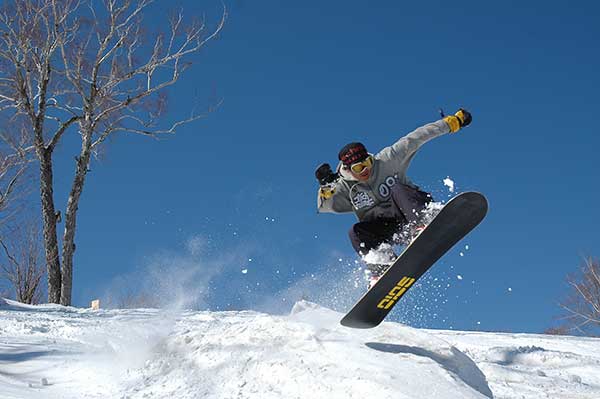 |
|
A snowboarder at Yabuli ski resort in Heilongjiang province.[Photo provided to China Daily] |
Eastern areas, such as Hulun Buir, Hinggan and Xilingol, host horse races, hot springs and slopes. The warmer west, including the capital, Hohhot, enables outdoor activities like temple fairs, lantern shows and religious rituals.
In Lengjicun, known as "China's coldest village" in Inner Mongolia's Genhe city, where temperatures dive below -40 C, visitors enjoy tossing hot water from glasses to see it freeze into "frost flowers" midair, Dong says.
Aoluguya offers deer encounters. Arxan and the Greater Hinggan Mountains shine with rime.
Inner Mongolia's local government plans to expand ski resorts, and the Matryoshka Plaza, featuring Russian restaurants and art performances.
"We'll support locals offering household catering and accommodation services," Dong says.
Despite its general lack of snow, even Beijing saw an 8.6 percent increase over last year's visits to ski resorts.
Hebei province's Chongli county's visits increased by over 17 percent to 180,000 tourists, who mostly came to ski.
Even southern China received more snow-seeking tourists.
January's international children's ski festival at Xilin Snow Mountain in Sichuan province's capital, Chengdu, helped it become southern China's hottest winter tourism spot, says a report from Chinese online travel-service provider Lvmama.
The report explains those born in the '80s have been the major force behind winter tourism.
Qin says he'll explore other frigid destinations if his son maintains interest in winter sports.
The recent cold months' visitor records suggest he's far from alone in the icy seasons to come.
China has caught winter fever.
- Former US First Lady Nancy Reagan dies at 94
- Solar Impulse 2 back in the air after battery upgrade
- Jailed 'El Chapo' desperate to be extradited
- S. Korea, US to launch formal talks on THAAD
- Kim Jong Un says to further strengthen nuclear weapons in quality
- Spanish Princess testifies in tax fraud trial
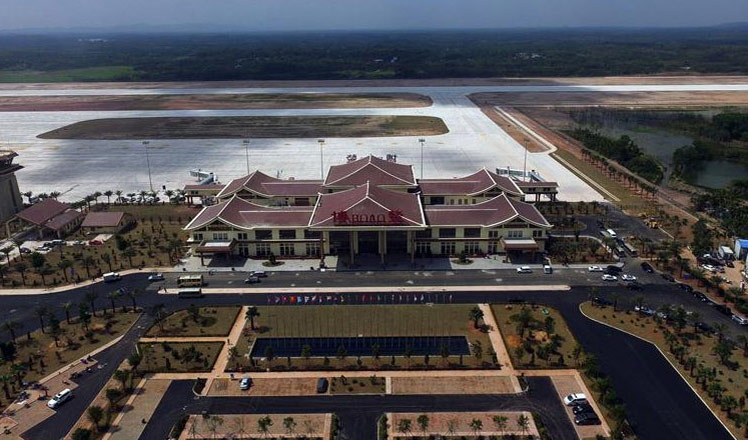
 Boao airport all set for upcoming Asian forum
Boao airport all set for upcoming Asian forum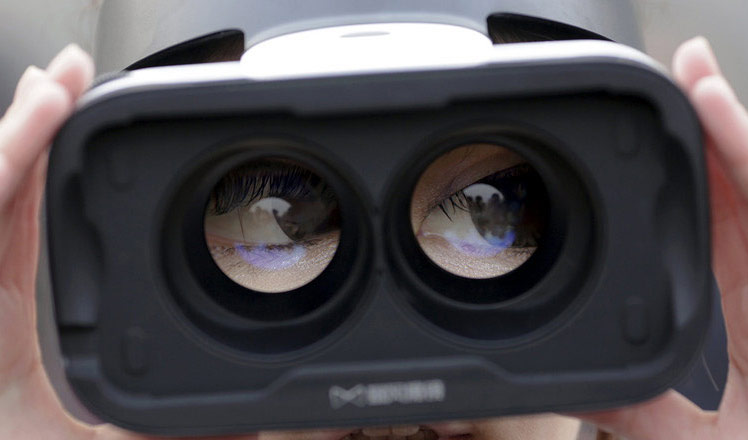
 Snapshots from the 'two sessions'
Snapshots from the 'two sessions'
 Turn of virtual reality cameras at two sessions
Turn of virtual reality cameras at two sessions
 China's home-made expedition mothership 'Zhang Qian' to be launched in March
China's home-made expedition mothership 'Zhang Qian' to be launched in March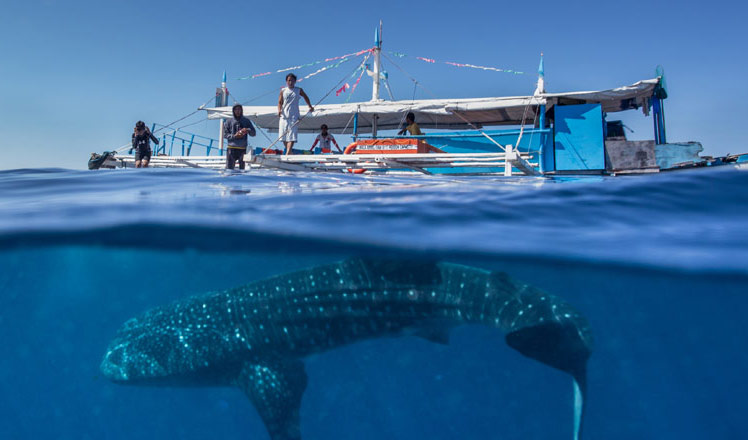
 Top 10 countries boosting China's tourist inflows
Top 10 countries boosting China's tourist inflows
 Airplane restaurant to open in Wuhan
Airplane restaurant to open in Wuhan
 World premiums at Geneva Motor Show
World premiums at Geneva Motor Show
 China's top 10 tech startups
China's top 10 tech startups
Most Viewed
Editor's Picks

|
|
|
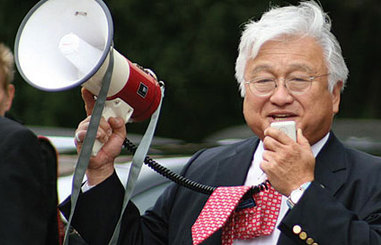
|
|
|
Today's Top News
What ends Jeb Bush's White House hopes
Investigation for Nicolas's campaign
Will US-ASEAN meeting be good for region?
Accentuate the positive in Sino-US relations
Dangerous games on peninsula will have no winner
National Art Museum showing 400 puppets in new exhibition
Finest Chinese porcelains expected to fetch over $28 million
Monkey portraits by Chinese ink painting masters
US Weekly

|

|








